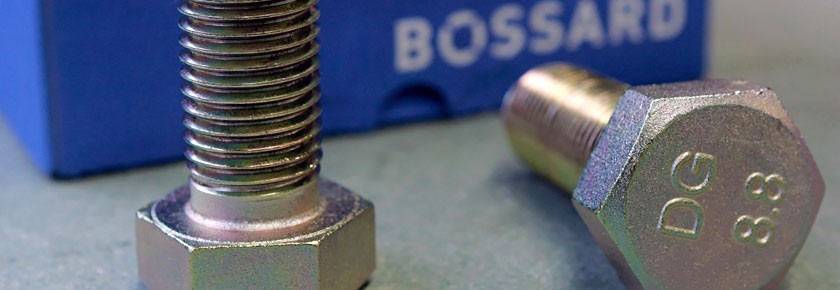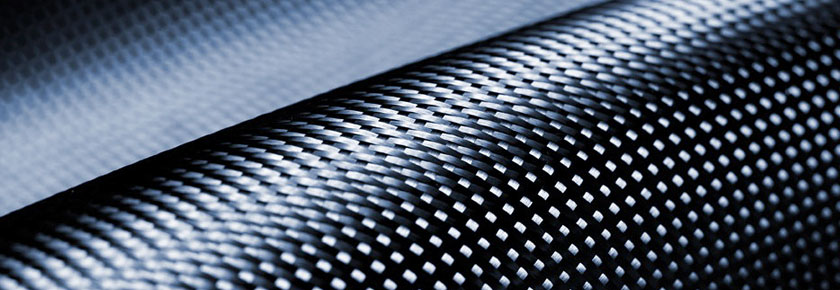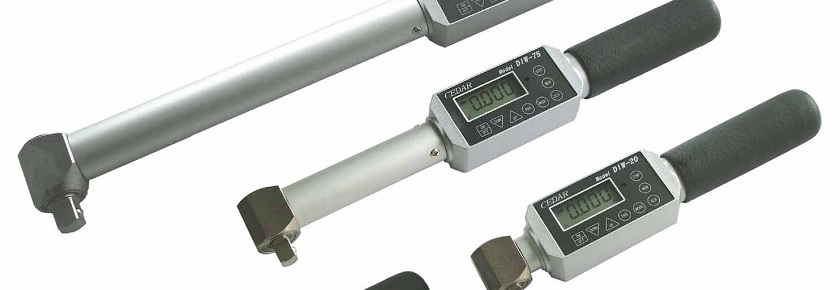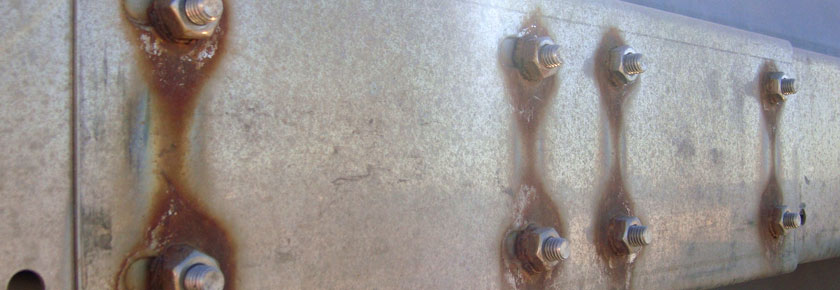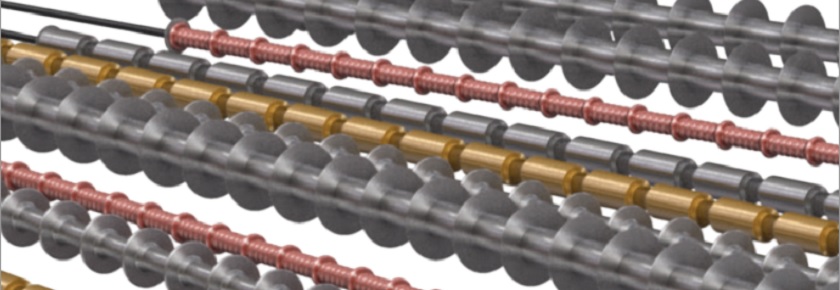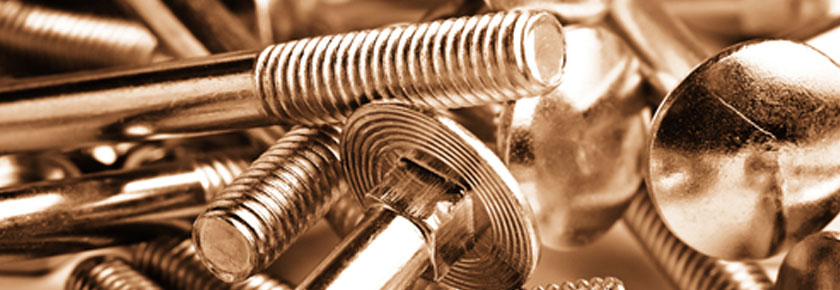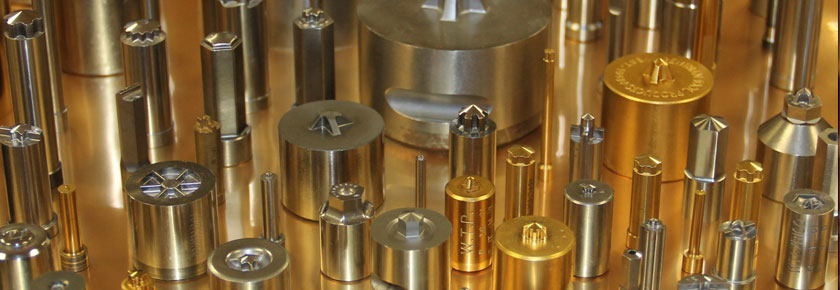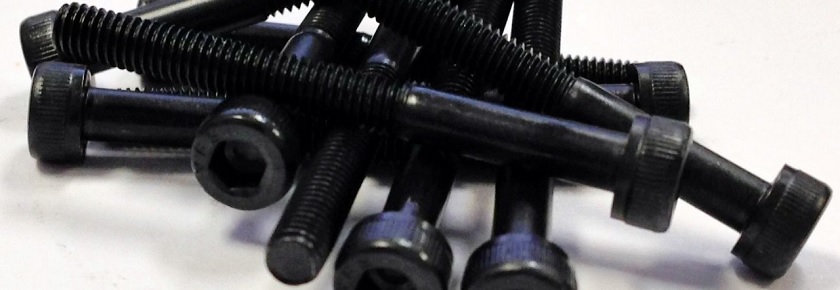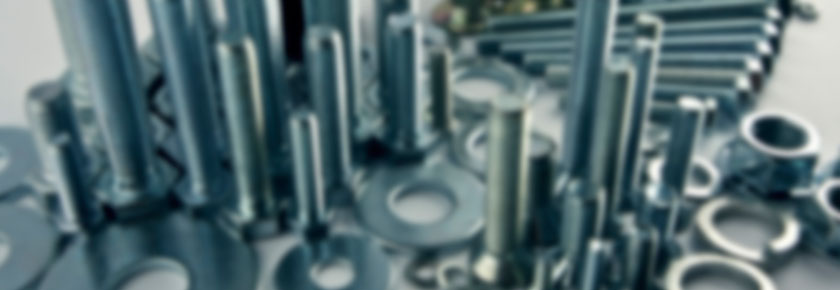For several decades now, experts across the fastener industry have dedicated considerable time and effort to improving the overall design and, most importantly, dependability of their products. But even when you factor in the years of hard work that has been devoted to perfecting fasteners, very little of that work contributes to or guarantees the reliability of the joint.
When selecting your fastener, it is important that you first understand the mechanics of how a threaded fastener sustains loading and how specific tightening procedures also factor into the equation. There are a number of factors to consider in the design of bolted joints, in addition to a basic understanding.
Whereas a loose or untightened bolt would fail in a matter of seconds, a bolt that has been fully tightened would be capable of surviving when used as part of an application. Though you might think otherwise, a tightened bolt just sustains a small portion of a load once it has been applied the joint, rather than sustaining the full effect.
This concept can often seem in opposition with common sense, but understanding that the bolt does not sustain the full effect is of paramount importance. Weight applied to a nut loose on the bolt leads to a full increase in force on the bolt shank. When the same weight is applied to a tightened nut, the force on the bolt shank increases, but the increase is a fraction of the full effect.
Thus, no significant load increase applied to a fastener would be sustained, that is until the load exceeds the fastener’s preload. Hence, the importance of understanding and factoring in preload.
With the use of a special fastener, one can gain a better understating of the load transfer mechanism involved in a bolted joint.
To learn more about the importance of bolt preload, contact Bossard at ProvenProductivity@bossard.com.

